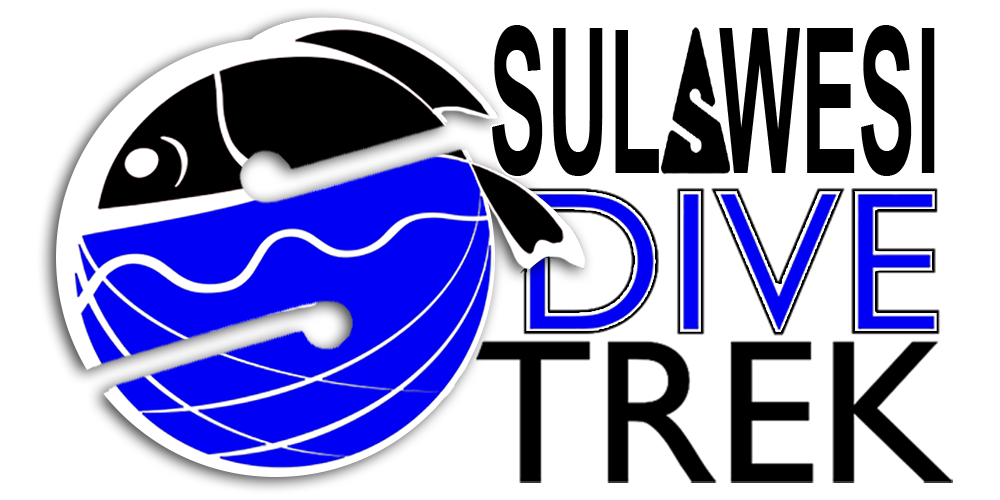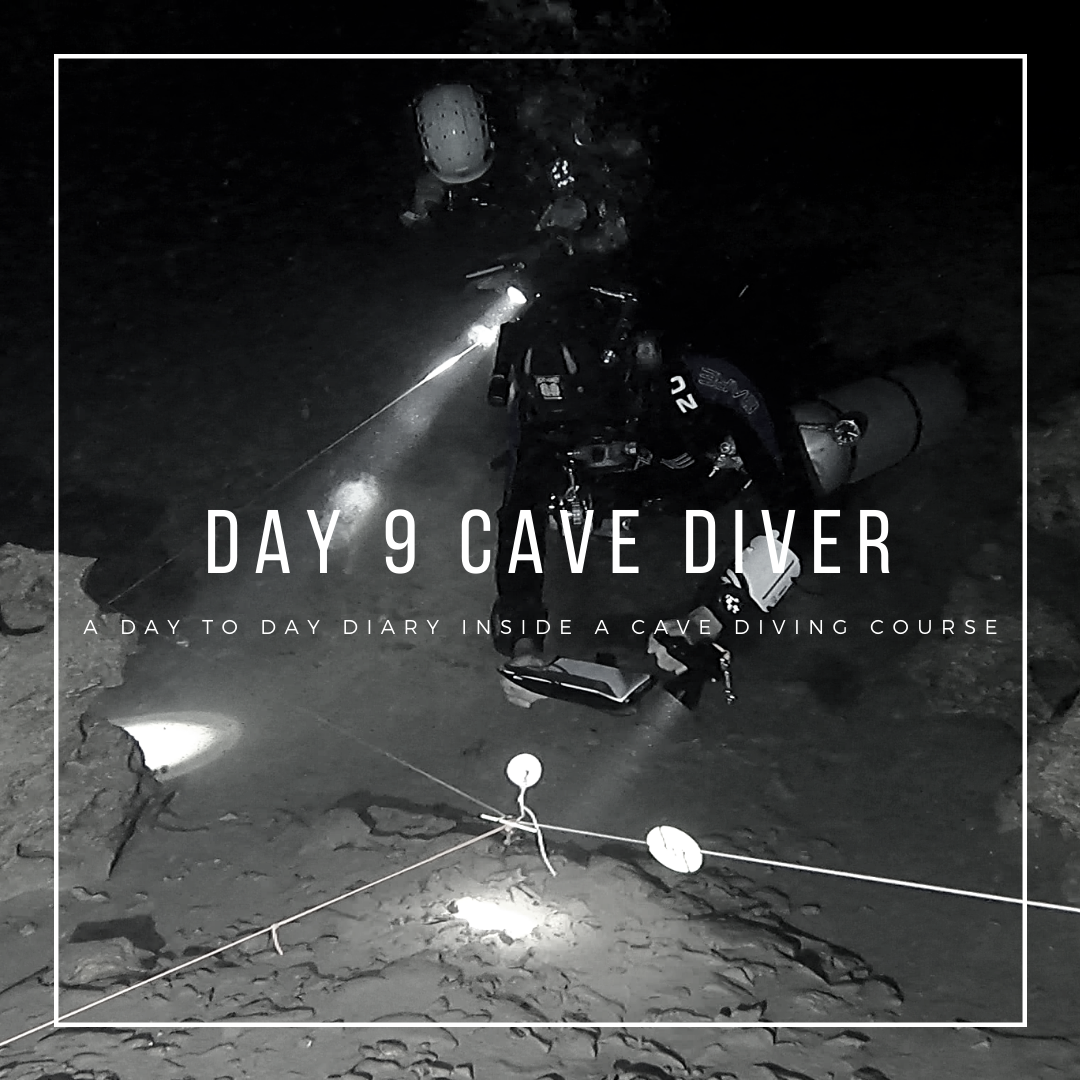Day 9 Cave Diver Course.
Location: Buton Tengah, Muna island.
Cave: Goa Labungkari
Dive time: 156 minutes
Cumulated Dive time: 1334 min
Next episode in the Navigation show: how to gather information about the cave and survive navigation mistakes (that of course should not happen but guess what, they do !!)
Today I’ve been teaching a very specific thing that you do not find in every cave course. I learned it during one of my trips to Mexico: taking notes about the cave.
Let me explain you. The more you’re penetrating deep inside a cave, the more you’re going to take navigation decision, the further you are from your exit, the more pressure you put in your mind and the more you are prone to mistake.
Now imagine the consequences of a mistake when it comes to navigation. You’re cruising on your way back home, you’re 2 hours away from the exit and passed half a dozen of T junction on your way in. You have marked them all properly (at least you think) and suddenly this T junction is in front of you and you’re confused. Cookie may be missing (someone removed it by mistake, it felt from the line or even worse you’ve passed this T junction without noticing it (the fatal blind T)).
Imagine how your stress level would raise at this exact moment. You are now facing a decision that could have fatal consequences, should I take right or left? Where is home? That is a gamble I would not like to have to take. Right? Left? North? South? one way leads to the exit and the others to God knows where.
Let’s say you’ve taken your decision. Now this small voice keeps bothering you: “are you sure you went to the right direction? Why don’t you recognize those rocks? they look all the same anyway.” The more you keep going and the more you doubt. Suddenly this feeling of fear starts to raise in your mind, your heartbeat goes to the roof as your breathing, you feel hot and confused, very uncomfortable, and eventually panics start to kick in. You’re done.
This scenario is a pretty common one when reading accident report. We, of course, try to make our navigation fool proof. Having solid protocols is a must, but once again human is not a perfect machine and sometime the stars are just not aligned. I can see you there, thinking like “this guy missed a T, he should not be cave diving, this is unforgettable”. Well, it is indeed, but still, shits happen, so better have a safety belt to survive this.
And indeed, this safety belt is the notes you’re going to write down about the cave as you’re venturing inside. It consists on recording at each navigation decision, the route taken, the exit heading, the depth, the time in and the pressure used at this point. This will give you milestones about the caves and you will be able to clearly know what is your location in the cave at any time.
Let me give you an example: you reach this T; the marking is missing. Now instead of having to make a (un)educated guess, you can consult your note and easily see that the exit heading is South, so you will follow the south branch. Still according to your notes, you should find another T junction, 7 minutes away from here, still going south and at a depth of 10M.
Indeed 7 minutes after, here is the T, so you picked the right path, bingo! you’re going to make it alive and won’t be mentally tortured by doubt on your way back.
Those notes are an unvaluable safety net and they have many more benefits. They will help you to compile and record info about a cave and its navigation for a further visit. They will help you planning gas requirement for a dive deeper inside the cave. They will help you drawing a basic map of the cave after the dive. They will also be useful in case you want to recalculate gases to visit a side branch or for Lost buddy scenarios, so you can exactly now how much gas you need to exit from a particular point and then calculate the gas you can use to safely search for your buddy.
Eventually they also have the benefit of slowing you down in your penetration to the cave. Remember that caves have to be respected and progressively penetrated. People gets too easily carried away and quickly get into long dives that are way beyond their level of comfort. Passing 5 or 10 navigation decisions is no joke, and the more you go on, the more you’re prone to error.
Taking notes allows you to slow down, to analyze, to write, to record, hence increasing the cave awareness and eventually global safety of the dive.
The dive plan was then pretty simple. I gave students a route to follow, and their objectives was to indeed follow this route and note and record all the navigation, in order to realize a simple map of the cave afterward during the debriefing.
They realized that note taking was not that easy and was pretty task loading and time consuming, but also the value of being able to have a clear map of the cave in your mind at any time and location.
On the way back they also had their fair share of out of air, blinded exit, both together and some freeflow. Learning new skills is something, consolidating the previous ones is another.
After a freezing 3 hours underwater, students went back to the surface and directly to the debriefing, where they draw me a pretty accurate map of the cave, showing that their cave awareness raised as expected.
Good job guys and see you tomorrow for some new adventures on day 10!!
If you missed it you can read Day 4’s report here:: https://www.sulawesidivetrek.com/index.php/2022/05/06/day-8-cave-diver-course
List of all IANTD Courses, visit the IANTD Website : https://iantd.com/index.php/en-us/courses/iantd-ice-cave-mine-wreck-diving/



0 Comments